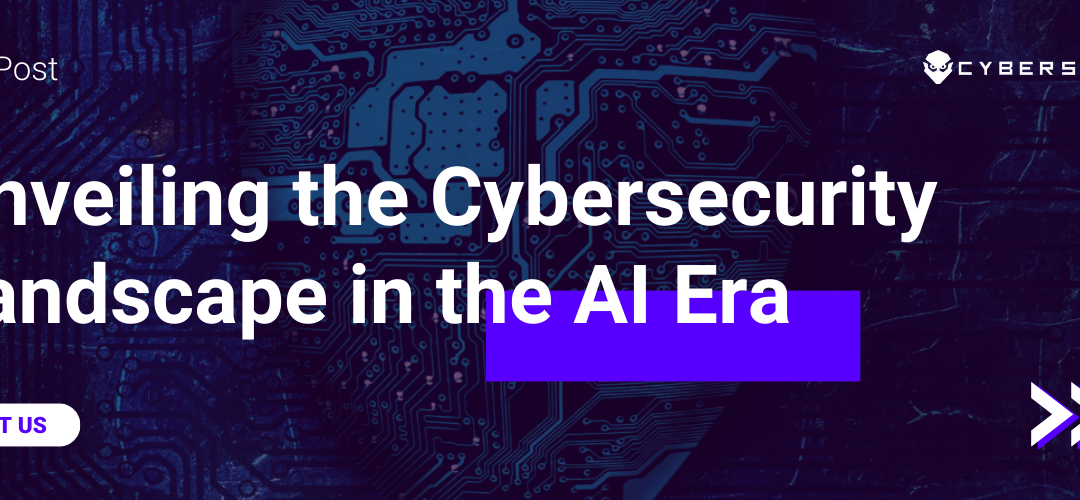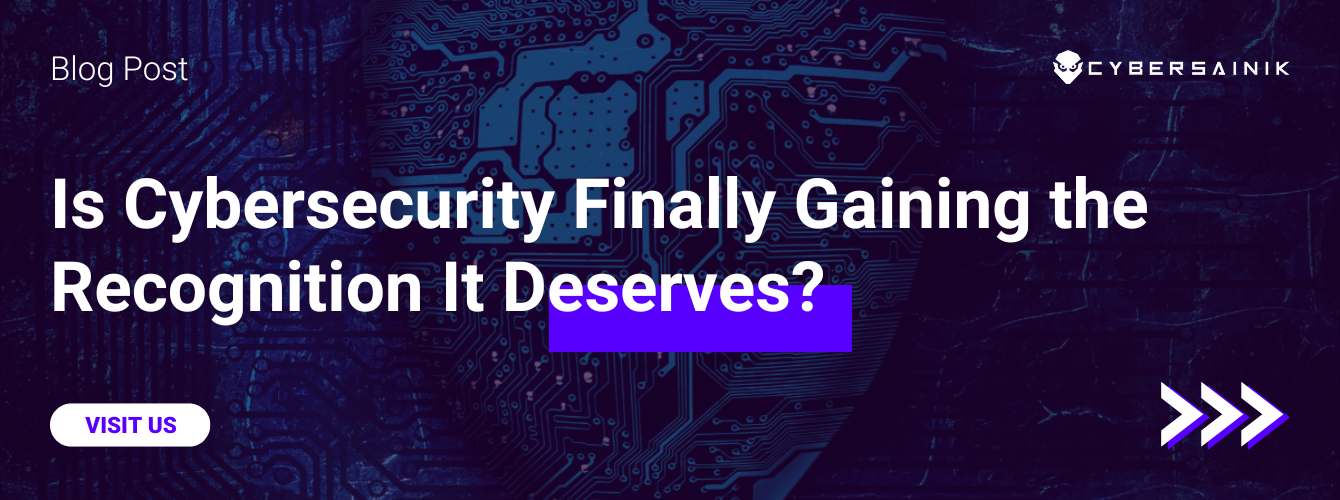On February 14, 2024, Microsoft, in a collaborative effort with OpenAI, unveiled pivotal research examining the intricate cybersecurity landscape, which they have observed this past year.
This groundbreaking report, a must-read for those at the forefront of digital security, presents a nuanced exploration of how AI has become a double-edged sword in the digital domain.
With AI’s increasing accessibility and flourishing curiosity about its capabilities, the report meticulously documents the experimental malicious activities conducted by state-affiliated threat actors utilizing OpenAI services, highlighting the constant battle to stay ahead of cybersecurity threats.
Insightful Findings: The Malicious Uses of AI
The report divulges specific instances of threat actors leveraging OpenAI’s services for nefarious purposes. These actors, identified by codenames such as Charcoal Typhoon, Salmon Typhoon, Crimson Sandstorm, Emerald Sleet, and Forest Blizzard, have exploited AI for a range of malicious activities.
From conducting open-source intelligence and debugging code to crafting spear-phishing campaigns, these examples offer a stark illustration of AI’s potential misuse:
- Charcoal Typhoon: Engaged in researching companies and cybersecurity tools, debugging code, generating scripts, and creating phishing content.
- Salmon Typhoon: Utilized services for translating technical papers, retrieving information on intelligence agencies, assisting with coding, and researching system concealment methods.
- Crimson Sandstorm: Focused on app and web development scripting, generating spear-phishing content, and researching malware detection evasion.
- Emerald Sleet: Identified experts and organizations in defense issues, understood vulnerabilities, supported basic scripting tasks, and drafted phishing content.
- Forest Blizzard: Conducted open-source research into satellite communication and radar imaging technology, alongside scripting support.
Microsoft’s Response: Principles and Mitigation Strategies
Microsoft’s report not only illuminates the threats but also underscores the tech giant’s unwavering commitment to cybersecurity. By introducing a set of principles aimed at preemptively identifying and neutralizing malicious AI use, Microsoft delineates a comprehensive approach to cybersecurity.
These principles emphasize identification and action against threat actors, notification to other AI service providers, collaboration with stakeholders, and a commitment to transparency.
Microsoft’s principles
- Identification and action against malicious threat actors’ use: Upon detection of the use of any Microsoft AI application programming interfaces (APIs), services, or systems by an identified malicious threat actor, including nation-state APT or APM, or the cybercrime syndicates we track, Microsoft will take appropriate action to disrupt their activities, such as disabling the accounts used, terminating services, or limiting access to resources.
- Notification to other AI service providers: When we detect a threat actor’s use of another service provider’s AI, AI APIs, services, and/or systems, Microsoft will promptly notify the service provider and share relevant data. This enables the service provider to independently verify our findings and act in accordance with their own policies.
- Collaboration with other stakeholders: Microsoft will collaborate with other stakeholders to regularly exchange information about detected threat actors’ use of AI. This collaboration aims to promote collective, consistent, and effective responses to ecosystem-wide risks.
- Transparency: As part of our ongoing efforts to advance the responsible use of AI, Microsoft will inform the public and stakeholders about actions taken under these threat actor principles, including the nature and extent of threat actors’ use of AI detected within our systems and the measures taken against them, as appropriate.
Appendix Insights: LLMs and Cyber Threat Sophistication
An intriguing part of the report is the appendix, which references the MITRE ATT&CK framework, drawing parallels between the sophistication of LLMs and their capabilities on the cyber threat landscape.
It meticulously outlines how LLMs are utilized across various stages of cyber threats, emphasizing their role in reconnaissance, scripting, development, social engineering, vulnerability research, payload crafting, anomaly detection evasion, security feature bypass, and resource development.
- LLM-informed reconnaissance: Employing LLMs to gather actionable intelligence on technologies and potential vulnerabilities.
- LLM-enhanced scripting techniques: Utilizing LLMs to generate or refine scripts that could be used in cyberattacks, or for basic scripting tasks such as programmatically identifying certain user events on a system and assistance with troubleshooting and understanding various web technologies.
- LLM-aided development: Utilizing LLMs in the development lifecycle of tools and programs, including those with malicious intent, such as malware.
- LLM-supported social engineering: Leveraging LLMs for assistance with translations and communication, likely to establish connections or manipulate targets.
- LLM-assisted vulnerability research: Using LLMs to understand and identify potential vulnerabilities in software and systems, which could be targeted for exploitation.
- LLM-optimized payload crafting: Using LLMs to assist in creating and refining payloads for deployment in cyberattacks.
- LLM-enhanced anomaly detection evasion: Leveraging LLMs to develop methods that help malicious activities blend in with normal behavior or traffic to evade detection systems.
- LLM-directed security feature bypass: Using LLMs to find ways to circumvent security features, such as two-factor authentication, CAPTCHA, or other access controls.
- LLM-advised resource development: Using LLMs in tool development, tool modifications, and strategic operational planning.
Conclusion: Navigating the AI-Driven Cybersecurity Frontier
As AI continues to redefine the boundaries of what is possible, the collaborative report by Microsoft and OpenAI serves as critical insight for cybersecurity professionals. By providing a transparent overview of the current threats and the innovative uses of AI by threat actors, the report reinforces the necessity for vigilance, collaboration, and an adaptive approach to cybersecurity.




